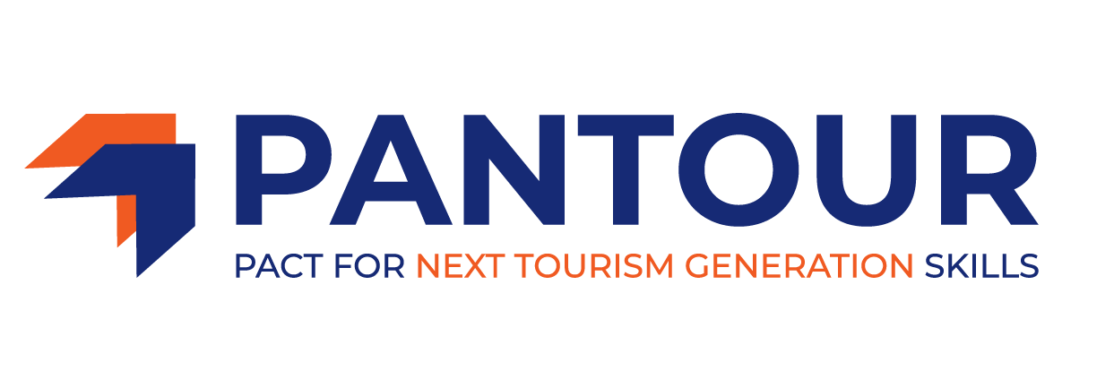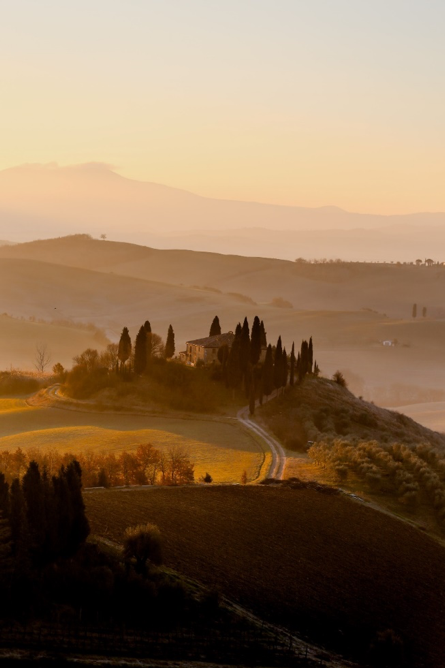The impact of COVID-19 on Italian tourism: a change of pace in the way of thinking and vacationing
An analysis of the impact of COVID-19 on the tourism market identifies a strong evolutionary change in the market itself and, as a result a focus on the positive and negative effects this is having at the green, digital and socio-cultural level.
For this reason, Isnart (National Tourist Research Institute) has carried out two surveys: one aimed at the Italian population and the other at hospitality companies.
The first survey, involving a sample of Italians, concerned:
– their holiday plans for summer 2020, in order to identify the similarities and differences compared to 2019 to try to quantify the losses to the tourism industry caused by the health emergency;
– the behavior of tourists (destination choice, accommodation, means of transport, holiday company) to detect whether there have been any changes in holidaymakers’ habits and practices, and which aspects of the stay have been most affected.
The second business survey concerned:
– the level of their summer bookings;
– an estimate of their loss of turnover;
– their staff.
Both surveys focused on tourism trends on both the demand and supply side, showing how the sector is changing, and providing insights into the levers that companies and institutions could use to address economic and health issues. Awareness of the new ways of holidaying allows industry to identify and meet new training needs too. The changing world increasingly puts the issue of sustainability and the need for digital transformation at the heart of new policies.
The Isnart survey on Italians: changes in vacation behavior
According to the Isnart survey data on holiday forecasts from July 2020 (click here to view the press release), the number of Italians who went on vacation decreased by over 40% compared to the same period in 2019. Fear of contagion and economic crisis were the two main reasons that kept 21 million people at home this summer. First of all, this implies a drastic change in the flow of Italian tourists abroad as well as in Italy. This is pushing tourism professionals to focus more on green, digital and socio-cultural marketing strategies and skills development to once again attract the lost clientele. This is important for both the urban destinations most affected by this decline (cities of art) and the lesser-known destinations such as villages and rural areas which can take advantage of the wave of domestic tourism prompted by Covid 19 by investing more in a green, socio-cultural and digital offer.
In some cases, an unexpected wave of tourists at first received an inadequate response in supplying tourist services by local organizations not accustomed to such a high number of visitors. However, the new situation prompted them to diversify their ways of doing tourism in a very short time, developing the digital, green and socio-cultural skills they were lacking. On the other hand, some organizations had foreseen the market change and had geared up in advance to beat other destinations in terms of attractiveness to tourists.
In choosing their holiday, 31% of respondents were influenced by the health emergency linked to COVID-19. This was confirmed by the fact that Italians preferred regions and areas of the country where the virus had a lower rate of infection and social distancing was more guaranteed.
Concerning the choice of the type of accommodation and the means used to reach the holiday resort, over 10 million Italians opted for “houses or apartments for holiday” (these are housing units consisting of one or more rooms furnished and equipped with toilets and independent kitchens), while 62% of respondents travelled by car to avoid potential risks associated with public transport due to increased social contact.
Finally, the long lockdown period also impacted the choice of the holiday destination: 35% of tourists chose places where they could take part in sports (hiking 38% and cycling 26% were among the favorite sports) and 28.5% chose places where they could be close to nature. Unsurprisingly, 85% of the total number of tourists preferred sea and mountains, while only 11% chose cities of art; 8% chose countryside/hills and 5% lake areas. Tourists interested in holidays in rural areas therefore increased, requiring both accommodation facilities and activities to take part in. Companies must make every effort to meet the particular needs of these customers (for example, staff must be trained on nutritional requirements of those who practice particular sports, companies must help those who travel by bicycle and so on). Finally, it is becoming increasingly important to train employees to meet the new requirements of tourists in relation to safety issues.
The Isnart survey of hospitality companies: change in creating and offering a vacation
Between the end of June and the first week of July 2020, Isnart carried out a survey of Italian accommodation companies in order to monitor the recovery of tourism activity, verifying the impact both in terms of effects on the offer and from the point of view of the new dynamics of tourist flows and new holiday characteristics.
At the time of the survey, 88% of Italian hospitality businesses confirmed they were intending to be open as usual. In the following weeks, over half of the remaining closed companies (12% of the total) expressed the intention to open during the summer. Two key aspects influenced the operational decision of some not to resume business activities in the immediate future. Firstly, on the demand side, an insufficient number of bookings that affected 42% of the companies. Secondly on the supply side, the excessively high adjustment costs compared to their organizational and/or financial capabilities which affected 29% of operators.
In such a context, as many as 75% of companies across the country considered that they would not be able to restore their 2019 employment levels by the end of 2020. Customers who booked for the period of July-September 2020 were mainly couples, mostly from the North West and the South of Italy, with a strong first preference for apartments or second houses, houses for rent or friends and relatives’ houses (49%), secondly for hotels (26%), B&Bs (10%), camping (8%) and agritourism (3%).
Even if love of nature is an important element in the decisions made by tourists, the choice of accommodation is the result of an evaluation of health risks.
Customers expect complex accommodation facilities (e.g., hotels) to be able to adapt to the new hygiene standards in the same way as other structures which are simpler to manage in a pandemic situation (e.g., campsites).
Last summer, 81% of Italian tourists changed their holiday behavior by choosing destinations according to perceived safety, and this behavior is destined to last for some time. An example out of many is that sport was the main reason for holidays. One third of Italians went on holiday to take part in sport, ranging from cycling to trekking. Moreover, according to the latest data, well over half of holidaymakers turned to campsites, second homes and holiday apartments when choosing their accommodation. This was due to a perception of their greater safety, since in these facilities one is in close contact only with family members and not with a large number of strangers, as is the case in larger structures (including hotels).
In order to adapt to the new tourism market demands caused by the pandemic, accommodation businesses need socio-culturally skilled personnel, able to offer more digitized services and to reduce contacts (e.g., at check-in). The pandemic has affected the economy globally, the tourism sector in particular, distorting scenarios and forecasts that were based on assumptions that are no longer relevant, now requiring a change of perspective that is reflected in the habits and purchasing choices of tourists.
An important step, in this sense, is to establish networks between tourist (e.g., hotels) and cultural (e.g. museums) organizations, not only to create partnerships useful for mutual promotion but also to enrich the overall tourist offer for the visiting customer.
Information about the author:
Unioncamere – the Italian Union of Chambers of Commerce, Industry, Crafts and Agriculture – is the public law body representing the Italian Chamber system.
Founded in 1901, it promotes and manages services and activities of interest to the Chambers of commerce and economic categories, coordinating the initiatives of the System through directives and addresses.
To perform functions and tasks entrusted by law to Chamber bodies, Unioncamere stipulates program agreements, understandings and conventions with the central administrations of the State, national or local public bodies, promoting and supporting the connection of the Chamber system with business organizations, consumers and workers.
At the European level, it ensures the representation of the Italian Chambers of commerce within Eurochambres, the association that brings together the Chamber systems of Europe.
Isnart is the “in house” company for tourism of the Chamber system. It carries out studies and publications, surveys and feasibility projects, data processing, creation and supply of databases and observatories.
Unioncamere, together with its companies Isnart and Dintec (Consortium for technological innovation) is a NTGA partner!




No Comments